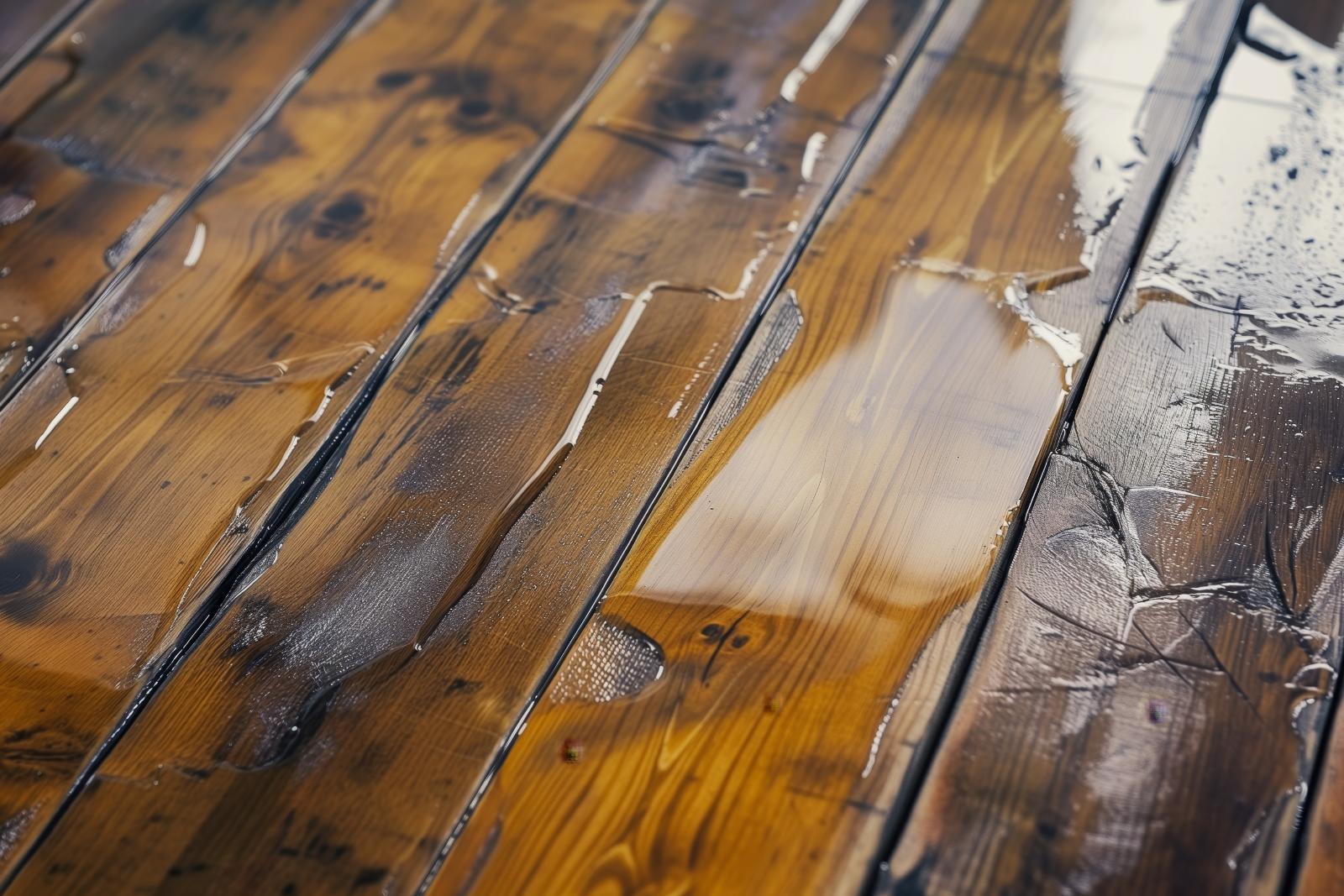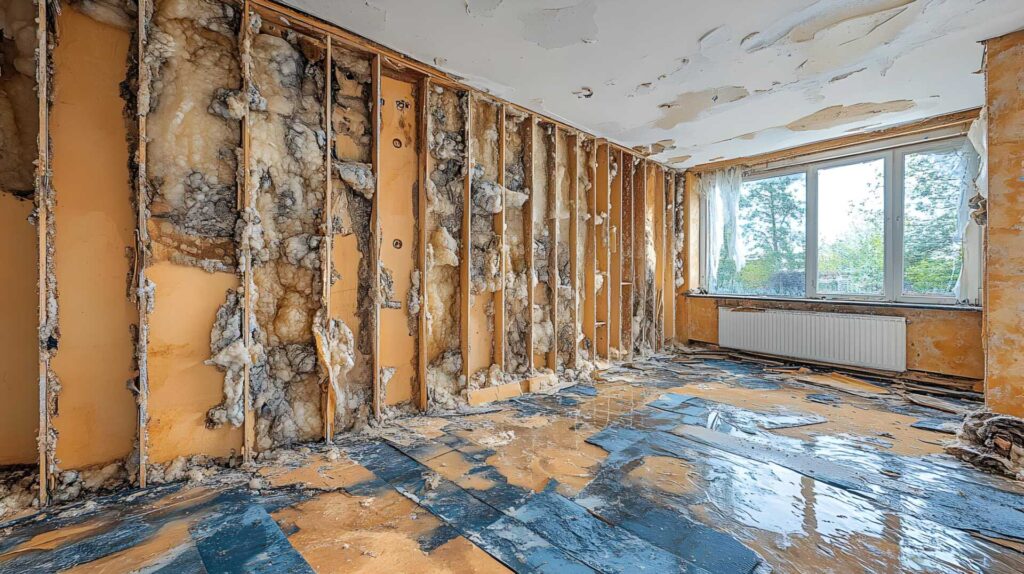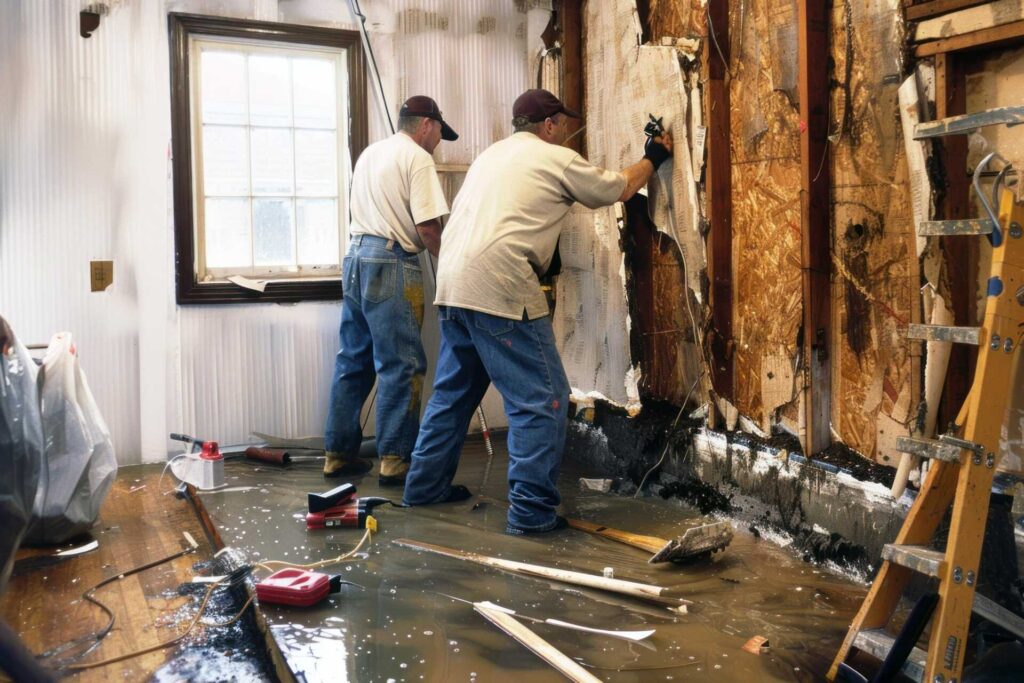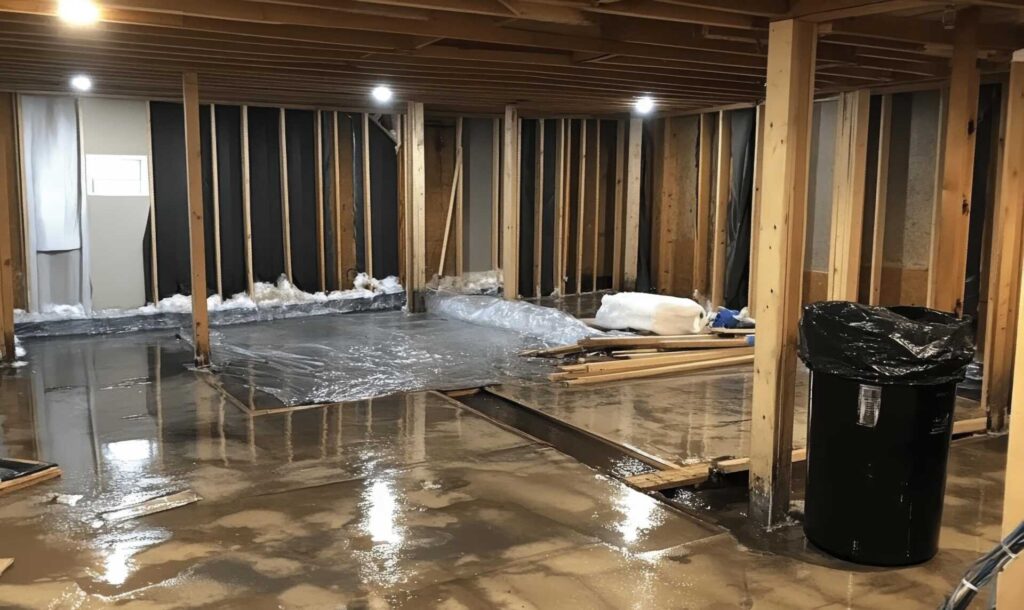Contents
To safeguard your commercial building from potential water damage, understanding the hidden risks and implementing preventive measures is crucial. Imagine a scenario where a minor leak goes unnoticed until it causes significant structural damage, disrupting business operations and incurring costly repairs. By taking proactive steps to address water-related issues before they escalate, you can protect your investment and ensure the longevity of your property. Stay tuned to discover practical strategies and tips on effectively preventing water damage in your commercial building.
Key Takeaways
- Regular inspections for early detection of leaks and issues.
- Ensure proper drainage systems to prevent water accumulation.
- Implement quick response protocols for leaks and spills.
- Educate staff on water damage prevention measures.
- Maintain exterior and interior drainage systems regularly.
Common Sources of Water Damage
Water damage in commercial buildings often originates from various common sources, including leaking pipes, roof issues, and faulty plumbing fixtures. Roof leaks can be a significant problem, especially during heavy rain or snow. These leaks can go unnoticed for a long time, causing water to seep into the building’s structure, leading to potential damage to ceilings, walls, and even electrical systems. Regular inspections of the roof can help identify and address any issues promptly.
Plumbing issues are another common culprit for water damage in commercial buildings. Problems like burst pipes, leaking fittings, or malfunctioning fixtures can cause water to pool in unwanted areas, leading to damage to flooring, walls, and valuable equipment. It’s crucial to have a maintenance plan in place to regularly check the plumbing system for any signs of wear and tear. This proactive approach can prevent costly water damage incidents.
To mitigate the risk of water damage from roof leaks and plumbing issues, ensure that your building’s maintenance team is well-trained and equipped to handle such issues. Additionally, educating employees on how to spot potential problems and report them promptly can help prevent small issues from escalating into significant water damage incidents.
Importance of Regular Inspections
Regular inspections play a vital role in identifying potential sources of water damage in commercial buildings before they escalate into costly issues. By conducting regular inspections, you can proactively address any hidden risks that may lead to water damage. Inspection frequency and following best practices are crucial to maintaining the integrity of your building and preventing water-related problems.
Importance of Regular Inspections:
When it comes to preventing water damage, staying vigilant through routine inspections is key. Here are some essential best practices for inspections that can help you identify and mitigate risks effectively:
| Aspect | Recommendation | Frequency |
|---|---|---|
| Roof & Gutters | Check for leaks, debris buildup, and proper drainage. | Bi-annual |
| Plumbing Systems | Look for leaks, corrosion, and signs of water damage. | Quarterly |
| HVAC Systems | Inspect for condensation, leaks, and clogs. | Bi-monthly |
| Foundation & Walls | Monitor for cracks, dampness, and discoloration. | Annually |
Implementing Proper Drainage Systems
Ensure the proper implementation of drainage systems to effectively prevent water damage in commercial buildings. This will maintain structural integrity and minimize the risk of costly issues.
Proper exterior maintenance of drainage systems involves regular inspection and cleaning of gutters, downspouts, and drains to prevent clogs that can lead to water overflow and seepage into the building. It’s crucial to check for any signs of damage, such as cracks or leaks, in the exterior drainage infrastructure and promptly address them to prevent water infiltration.
Additionally, interior protection from water damage relies on the effective design and installation of drainage systems within the building. This includes ensuring that interior drains are clear of debris and functioning correctly to prevent water buildup in areas prone to leaks or spills.
Regular maintenance of interior drainage systems, such as floor drains in basements or utility rooms, is vital to prevent water damage from internal sources.
Quick Response to Leaks and Spills
Inspecting your commercial building regularly for any leaks or spills and responding promptly is crucial to preventing water damage and maintaining a safe environment for occupants. Having clear emergency protocols in place can help mitigate potential risks associated with leaks and spills. Implementing a thorough leak detection system is essential for early identification and quick resolution of any water-related issues.
When a leak or spill is detected, it’s vital to have designated staff members who are trained to respond effectively. Establishing clear procedures for reporting and addressing leaks promptly can prevent water damage from spreading and causing further harm to the building structure or occupants. These emergency protocols should outline steps for shutting off water sources, containing the spill, and contacting appropriate personnel for cleanup and repairs.
In addition to having efficient emergency protocols, investing in advanced leak detection technology can provide real-time monitoring of water systems and alert you to any abnormalities. This proactive approach enables you to address potential leaks before they escalate into significant water damage incidents. Regularly maintaining and testing your leak detection equipment ensures its reliability and accuracy in identifying leaks early on.
Educating Staff on Water Damage Prevention
Train your staff members thoroughly on water damage prevention measures to enhance their awareness and ability to respond effectively in case of emergencies. Conduct regular training sessions that cover the identification of potential water damage risks, such as leaking pipes, malfunctioning appliances, or damaged roofs. Ensure your staff understands the importance of reporting any signs of water damage promptly to prevent escalation.
Implement awareness programs to educate your team on the significance of proactive measures in preventing water damage. Provide detailed information on locating water shut-off valves, fire sprinkler controls, and emergency contacts. Emphasize the need for quick action in case of a water-related incident to minimize the impact on the building and its occupants.
In your training sessions, simulate scenarios like burst pipes or flooding to help your staff practice their response skills. Teach them how to use water detection devices and where to find essential tools like wet vacuums or absorbent materials. By familiarizing your team with these procedures, you empower them to act decisively during emergencies, potentially averting significant water damage and associated costs.
Encourage a culture of vigilance and responsibility among your staff members regarding water damage prevention. Remind them that their attentiveness and quick reactions can make a substantial difference in maintaining the integrity of the commercial building and ensuring a safe working environment for everyone.
Final Thoughts
Now that you have the tools and knowledge to prevent water damage in commercial buildings, you’re equipped to be the guardian of your property’s integrity.
Stay vigilant, keep those drainage systems clear, and educate your team on the importance of water damage prevention.
By being proactive and responsive, you can ensure that your commercial building remains a fortress against the destructive forces of water.
You’ve got this!




